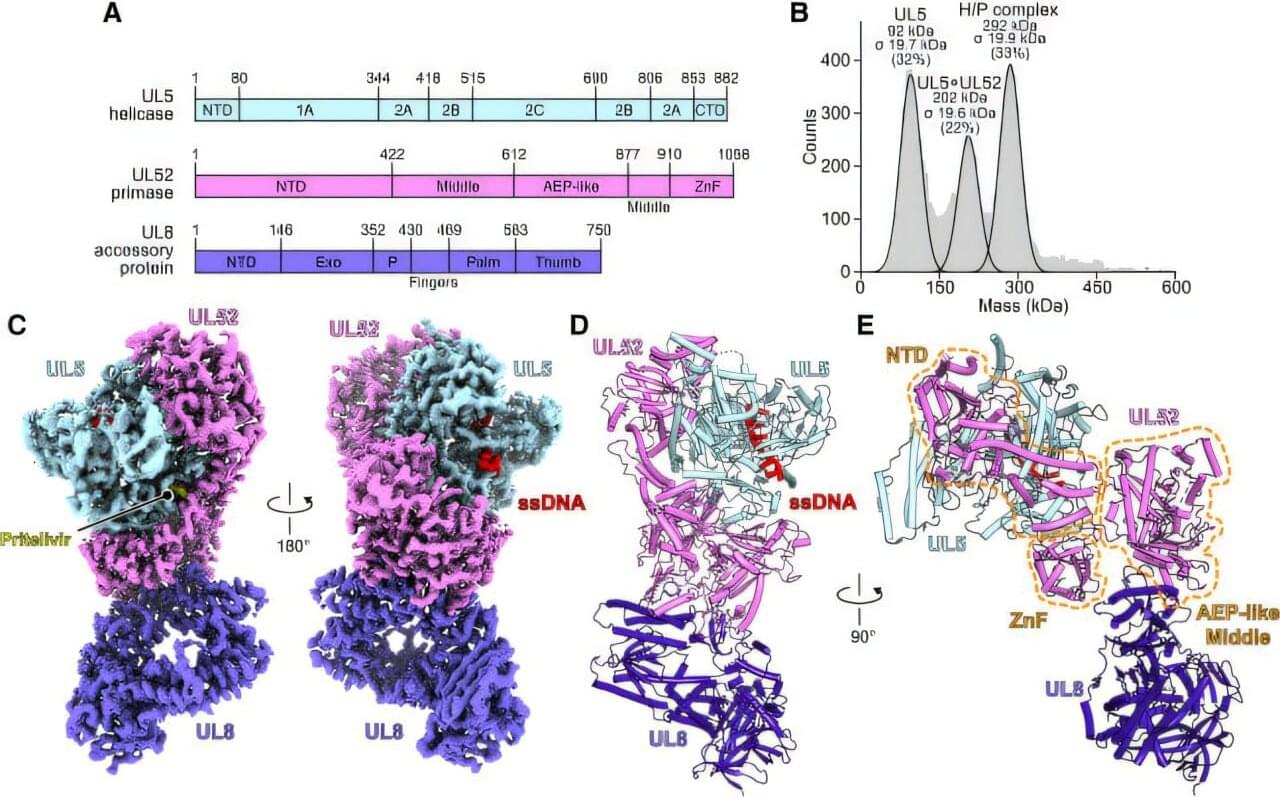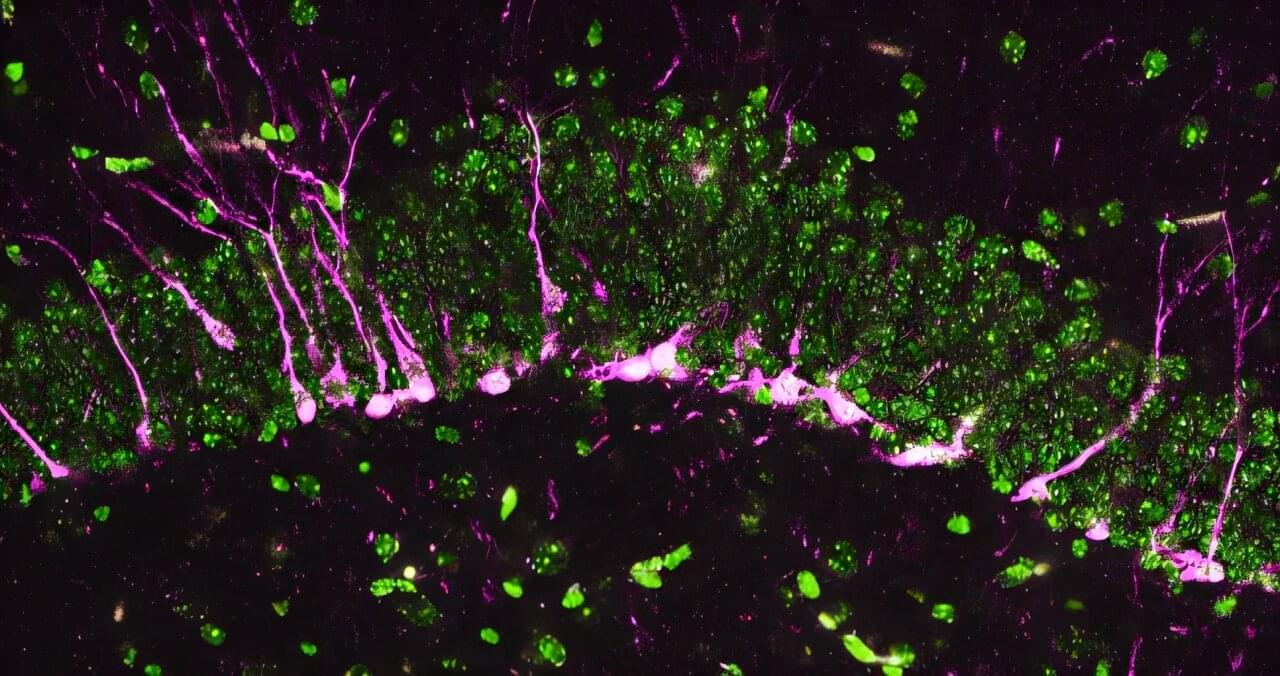An ultrathin ferroelectric capacitor, designed by researchers from Japan, demonstrates strong electric polarization despite being just 30 nm thick including top and bottom electrodes—making it suitable for high-density electronics. Using a scandium-doped aluminum nitride film as the ferroelectric layer, the team achieved high remanent polarization even at reduced thicknesses. This breakthrough demonstrates good compatibility with semiconductor devices combining logic circuits and memory, paving the way for compact and efficient on-chip memory for future technologies.
Modern electronic technology is rapidly advancing towards miniaturization, creating devices that are increasingly compact yet high-performing. As the devices continue to shrink in size, there is an increasing demand for ultra-small memory materials that can efficiently store data, even in smaller dimensions. Ferroelectric memory devices are promising options for future mobile and compact electronics, as they store information using switchable electric polarization, allowing data retention even without power. However, very few initiatives have reported progress in downscaling of these ferroelectric devices.
Bridging this gap, a research team led by Professor Hiroshi Funakubo from the School of Materials and Chemical Technology, Institute of Science Tokyo (Science Tokyo), Japan, in collaboration with Canon ANELVA Corporation (Canon ANELVA), successfully downscaled a total ferroelectric memory capacitor stack using scandium-substituted aluminum nitride ((Al, Sc)N) thin films with platinum electrodes, reducing the total thickness to just 30 nm including top and bottom electrodes.








